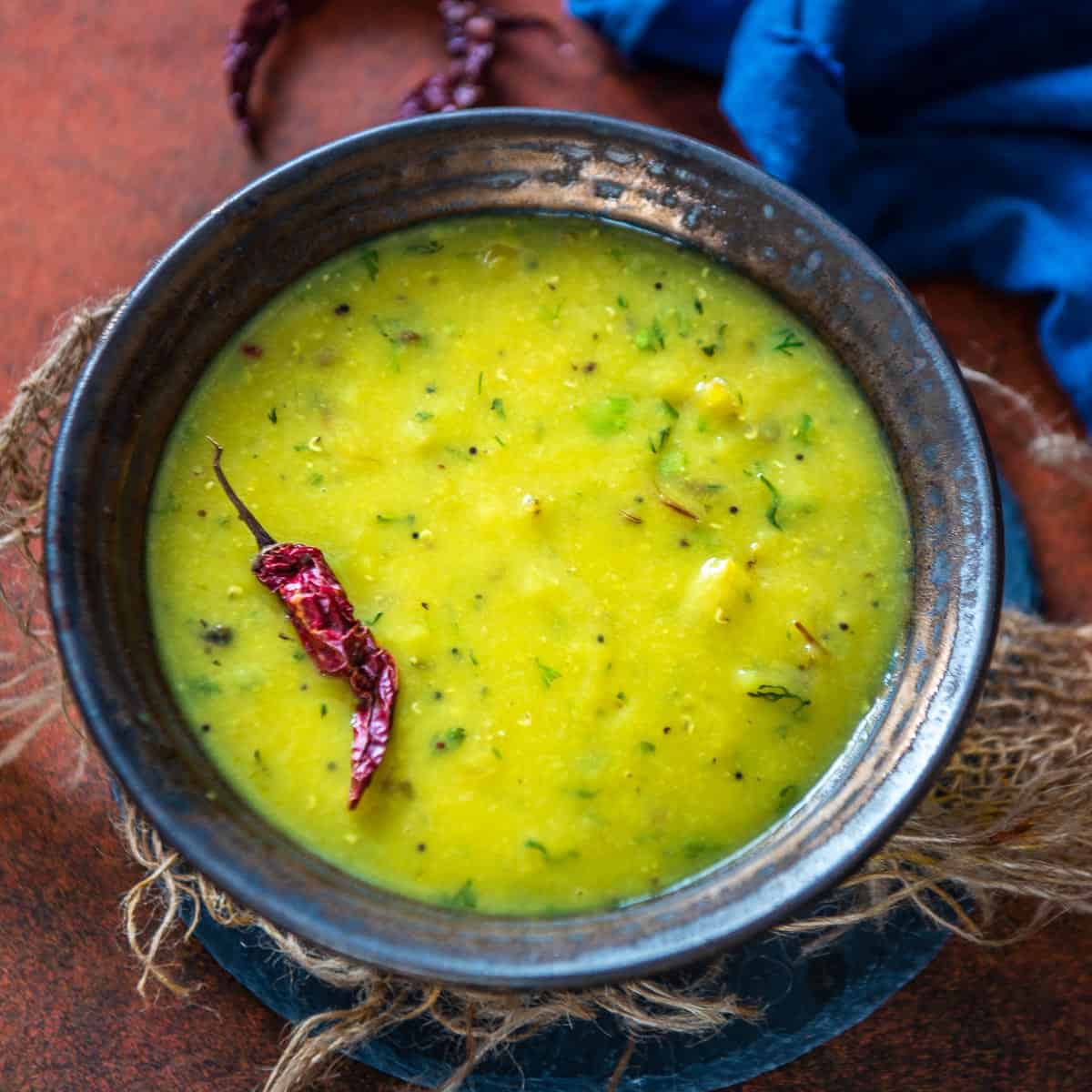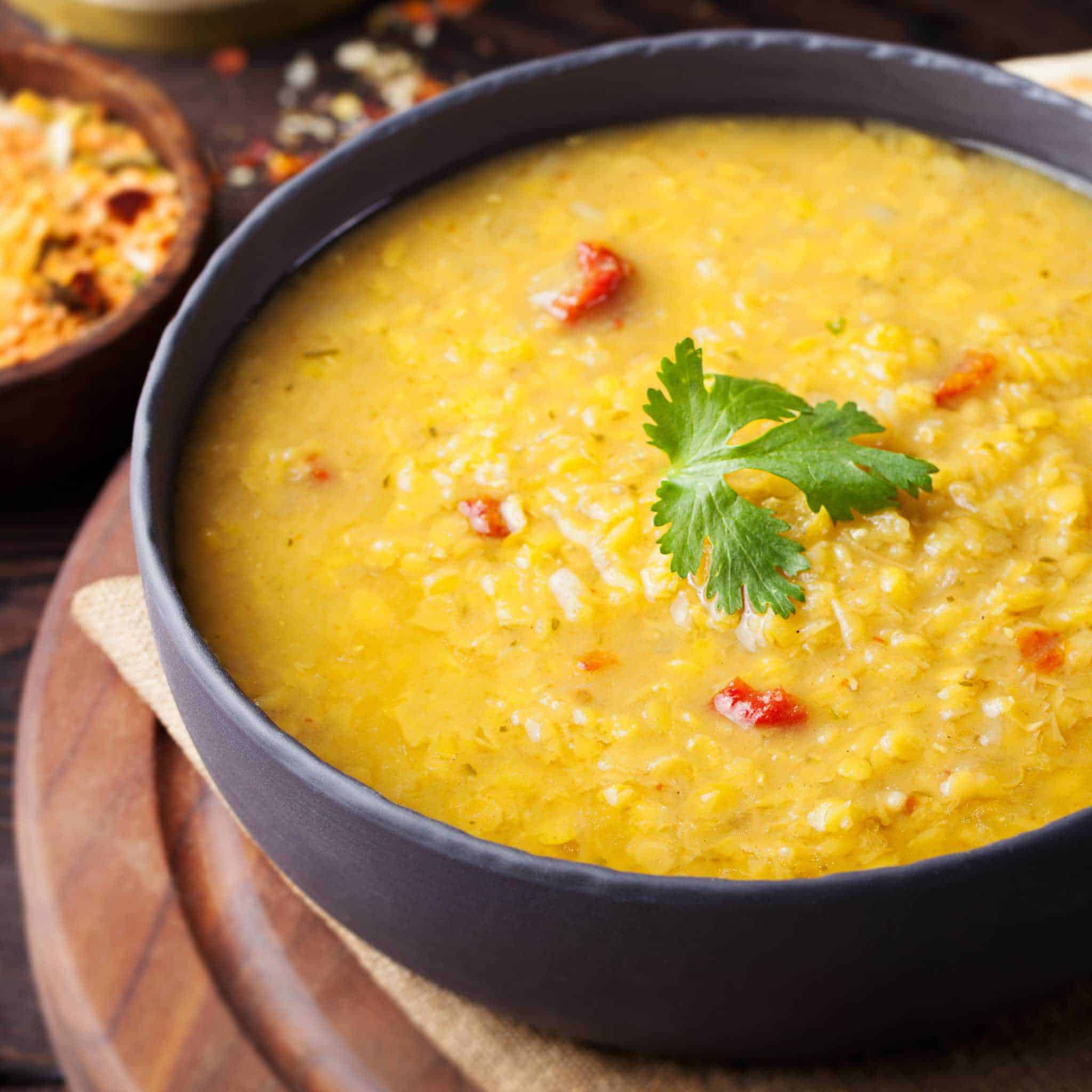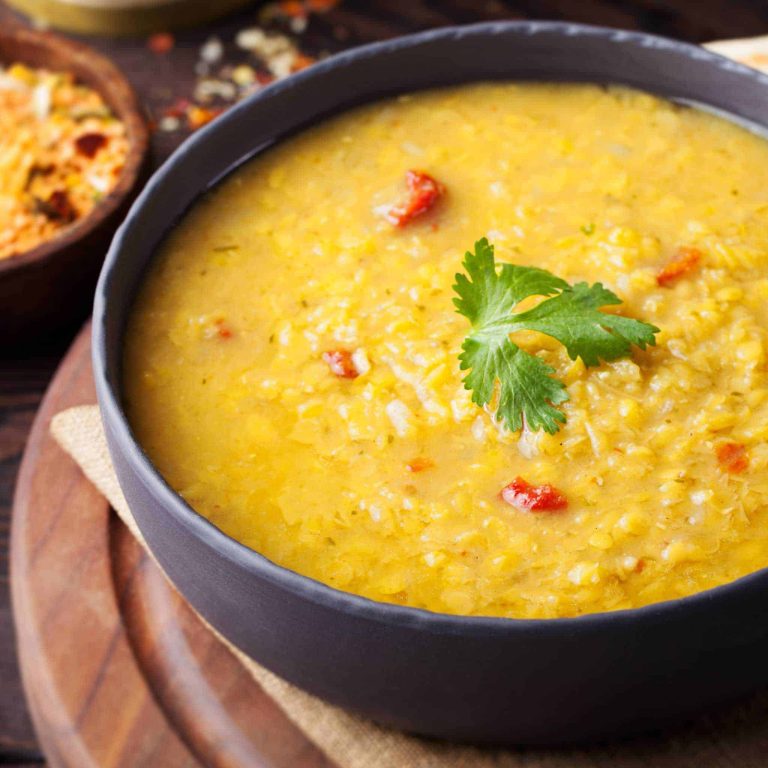What has been a classic of Indian cuisine for centuries is now also becoming increasingly popular in this country: dal. A dish of legumes and spices that can be served both as a main course and as a side dish. EAT SMARTER introduces Dal.
This is Dal

Indian dal is made from legumes such as lentils, chickpeas, beans, or peas. For this, it is boiled until a creamy porridge is formed. Coriander, cumin, chili, garlic, onion, and turmeric round off its taste and make dal, which is served both as a main course and as a side dish, an aromatic experience!
That’s why Dal is so healthy!
The main component of the Dal dish is legumes of all kinds. And these are really little power packs, because they are low in calories, have a positive effect on blood sugar levels, and provide valuable vegetable protein – which is why they regularly end up on the plates of vegetarians and vegans.

In addition, legumes contain satiating carbohydrates and up to 20 percent fiber, which, among other things, promote intestinal health. Dried peas, lentils, and beans should be soaked in water before cooking, which should then be discarded. This is the only way to remove the indigestible substances from the legumes.



